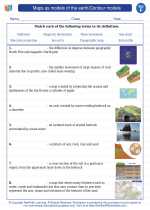Slugs: An Introduction
Slugs are soft-bodied, shell-less terrestrial gastropod mollusks. They belong to the class Gastropoda, just like snails, but unlike snails, slugs lack a hard external shell. They are found in various habitats such as gardens, forests, and fields, and are often considered pests due to their feeding habits.
Anatomy of Slugs:
Slugs have a distinct body structure. They possess a head with sensory tentacles, a muscular foot for movement, and a mantle that covers the internal organs. They also have a radula - a ribbon-like organ with rows of tiny teeth used for feeding on plants and fungi.
Life Cycle and Reproduction:
Slugs are hermaphrodites, meaning they have both male and female reproductive organs. They lay translucent, gelatinous eggs in moist environments. After hatching, the baby slugs resemble miniature versions of the adults and undergo a period of growth before reaching maturity.
Ecological Importance:
While considered pests in some contexts, slugs also play a role in the ecosystem. They contribute to nutrient cycling by consuming plant matter and breaking it down into organic material. Additionally, they serve as a food source for various animals, including birds, amphibians, and predatory insects.
Study Guide:
- What are the key characteristics of slugs?
- Compare and contrast the anatomy of slugs and snails.
- Describe the reproductive process of slugs.
- Explain the ecological importance of slugs in the environment.
- Discuss the potential impact of slugs on agricultural ecosystems.
By studying the anatomy, life cycle, and ecological role of slugs, we can gain a better understanding of these fascinating creatures and their place in the natural world.
[Slugs] Related Worksheets and Study Guides:
.◂Science Worksheets and Study Guides Sixth Grade. Maps as models of the earth/Contour models

 Worksheet/Answer key
Worksheet/Answer key
 Worksheet/Answer key
Worksheet/Answer key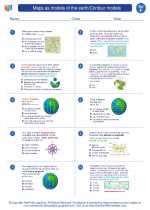
 Worksheet/Answer key
Worksheet/Answer key
 Vocabulary/Answer key
Vocabulary/Answer key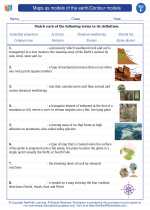
 Vocabulary/Answer key
Vocabulary/Answer key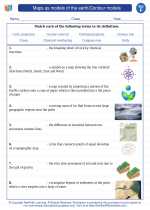
 Vocabulary/Answer key
Vocabulary/Answer key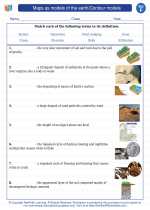
 Vocabulary/Answer key
Vocabulary/Answer key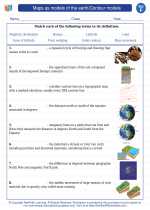
 Vocabulary/Answer key
Vocabulary/Answer key